sustainable development
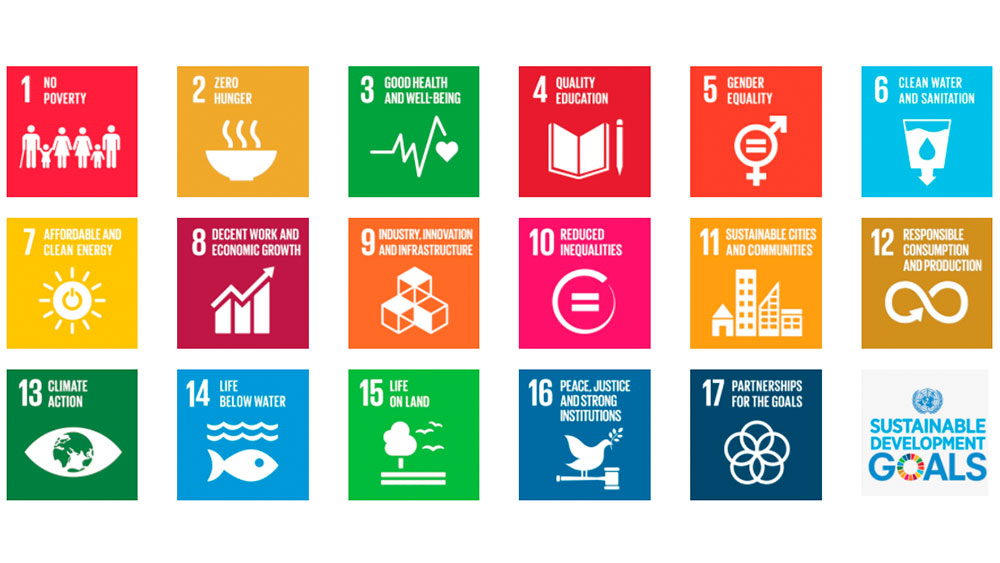
Energy and resource efficiency

purpose
Encourage efficient land and development of energy and resources, support a cooler environment, and minimize greenhouse gas emissions.
Strategy
Improve energy, water and waste performance in buildings and sub-districts through environmental sustainability.
Promote the integration of urban development and the integration of land use and transportation.
Increase energy efficiency through increased use of renewable energy technologies and other energy efficiency upgrades.
Support low energy transport forms such as walking and cycling.
Reduce urban heat island effects by greening urban areas, buildings, transport corridors and open spaces with vegetation.
Encourage the preservation of existing vegetation and the cultivation of new vegetation as part of development and subdivision proposals.

heritage

Heritage protection
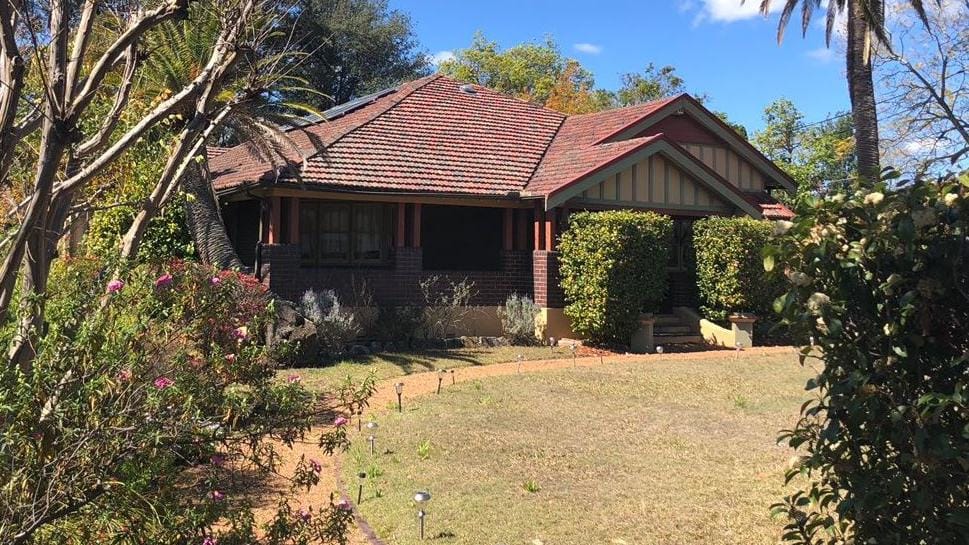
purpose
Ensuring the importance of heritage sites.
Strategy
Identify, assess and document the importance of natural and cultural heritage as the basis for their inclusion in the planning programme.
Provide protection for natural heritage sites and man-made resources.
Provide protection and enhance those with aesthetic, archaeological, architectural, cultural, scientific or social significance.
Encourage the proper development of places with established heritage values.
Keep those elements that contribute to the importance of the site.
Encourage the protection and restoration of the contribution elements of heritage sites.
Ensure that the proper settings and background of the site are maintained or strengthened.
Support for adaptive reuse of heritage buildings, where use has become redundant.
Considering the suitability to repair or rebuild a heritage building in a heritage covering that was illegally or unintentionally demolished in order to retain or
Interpret the cultural heritage of architecture, streetscape or area.
Policy guide
Consider related:
Victorian Heritage Committee findings and recommendations.
Burra Charter: 2013 Australian ICOMOS Cultural Area Charter.
Aboriginal cultural heritage
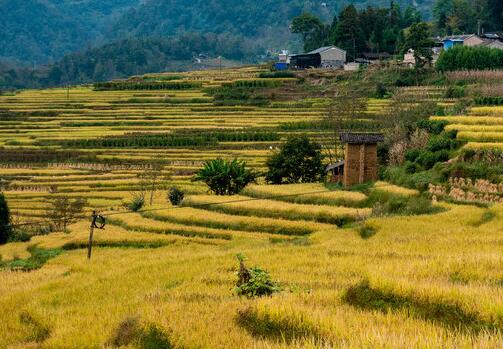
purpose
Ensure the protection and protection of the meaning of Aboriginal cultural heritage.
Strategy
Consult with relevant registered indigenous parties to identify, assess and document important locations for indigenous cultural heritage as a basis for their inclusion in the planning programme.
Provide protection and protection of indigenous cultural sites before and after exposure.
Ensure that the license is approved in accordance with any relevant cultural heritage management plan approved by the 2006 Native Heritage Act.
Policy guide
Consider related:
The findings and recommendations of the Native Heritage Committee.
The Victorian Heritage Committee’s findings and recommendations for the investigation of the site after the contact.
Policy documents
Consider related:
Native Heritage Act 2006
housing
Planning should provide housing diversity and ensure effective provision of supporting infrastructure.
Planning should ensure the long-term sustainability of new homes, including access to services, walking to activity centers, public transportation, schools and open spaces.
Housing planning should include providing land for affordable housing.

Residential development
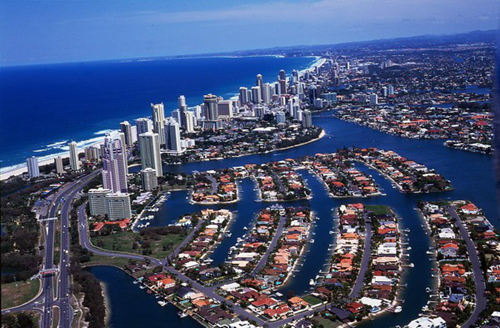
Integrated housing
purpose
Promote housing markets that meet the needs of the community.
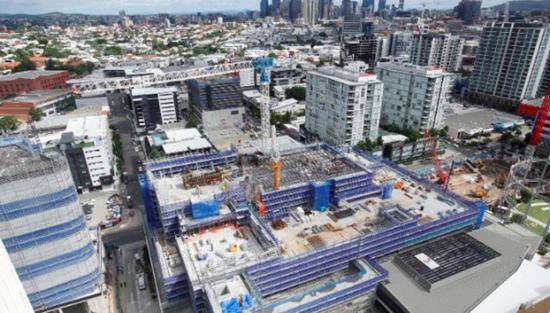
Strategy
Increase housing production by promoting appropriate locations, including underutilized urban land, and increase housing supply in existing urban areas.
Ensure that the right quantity, quality and type of housing are provided, including aged care facilities and other housing suitable for the elderly, and those who support the accommodation
Disabled people, houses, student dormitories and social housing.
Ensure that housing development is integrated with infrastructure and services, whether they are located in existing suburbs, growth areas or regional towns.
Promote the provision of quality social housing.
Policy documents
Consider related:
Victorian Homes – Affordability, Access and Choice (Victoria Government, 2017)
Victorian Apartment Design Guide (Environment, Land, Water and Planning, 2017)
Location of residential development
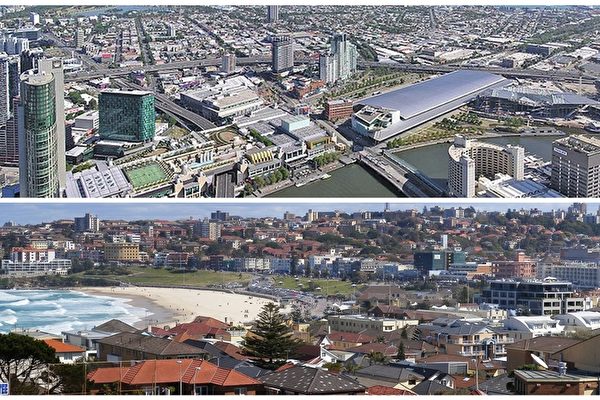
purpose
Find new homes at designated locations to provide good employment, services and transportation.
Strategy
Increase the proportion of new homes in designated locations within a given urban area and reduce the proportion of new homes in green spaces and decentralized development zones.
Encourage the construction of higher-density housing in locations related to employment, services and public transport.
Ensuring adequate redevelopment opportunities in established urban areas to alleviate the pressures of marginal development.
Promote cost-effective residential development, energy conservation, water conservation and public transport use in infrastructure provision and use.
Identify opportunities to increase residential density to help consolidate urban areas.
Housing diversity
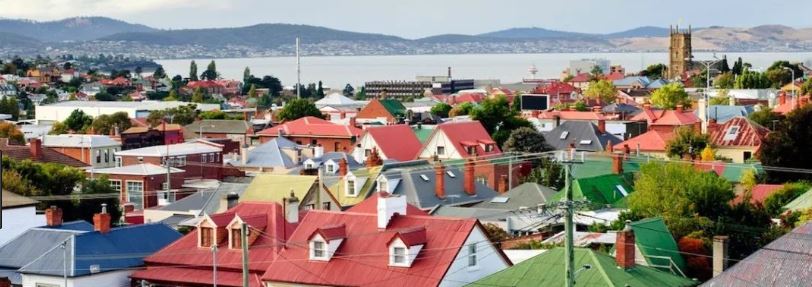
purpose
A range of housing types are available to meet different needs.
Strategy
Ensuring that housing stocks meet changing needs by expanding housing options
Promote diversified housing options to meet changing household needs by:
Mixed housing type.
Adaptive interior design.
Universal design.
Encourage the development of well-designed medium-density housing:
Respect the neighborhood role.
Improve housing options.
Make better use of your existing infrastructure.
Improve the energy efficiency of housing.
Support a range of income groups to choose housing in a well-served location.
Ensuring that the planning of the growth area provides various types of housing, including higher housing density in and around the activity center.
Http://planning-schemes.delwp.vic.gov.au/schemes/bawbaw
